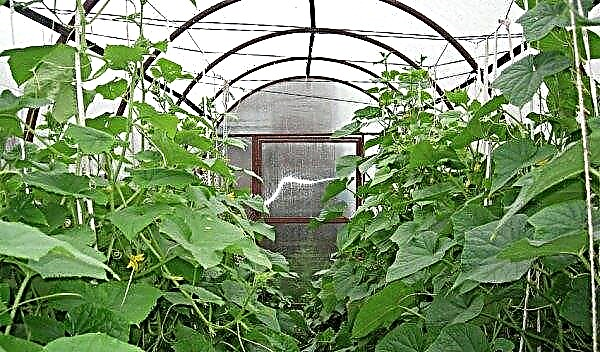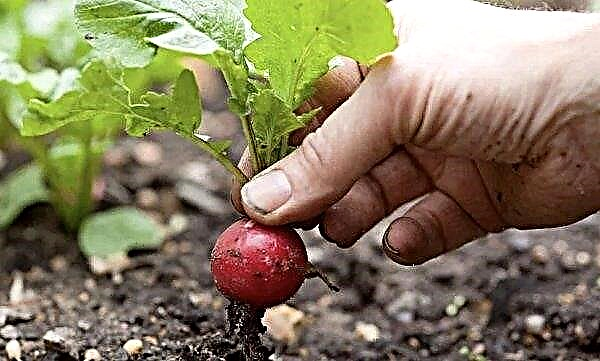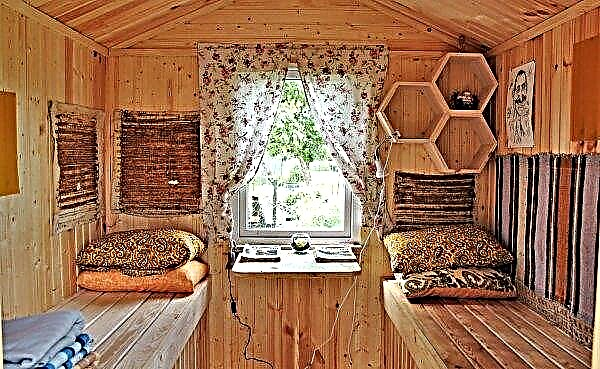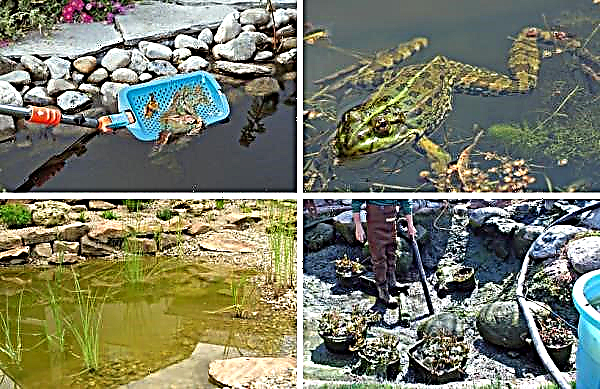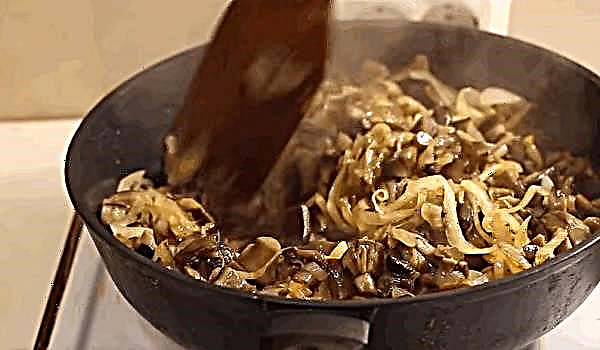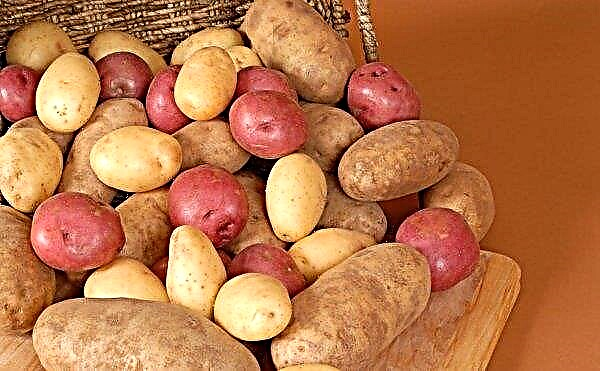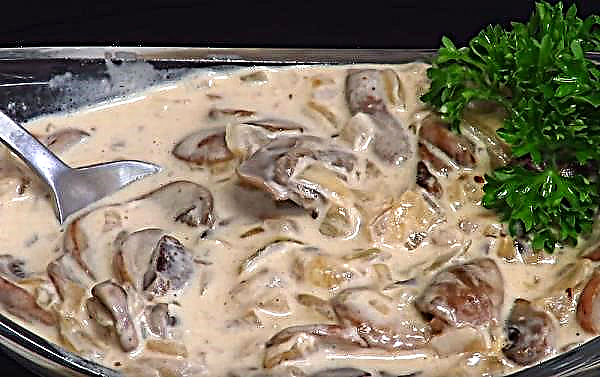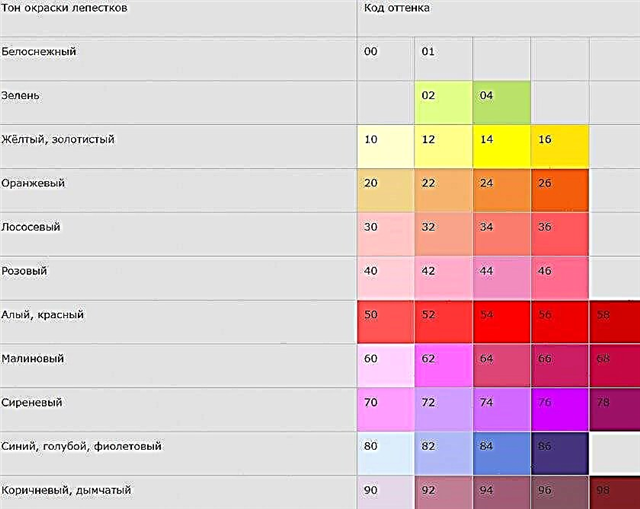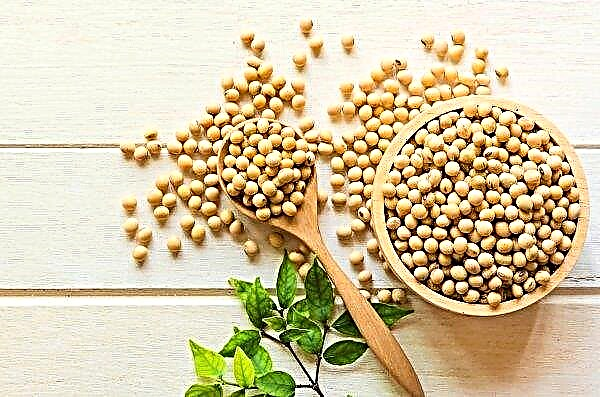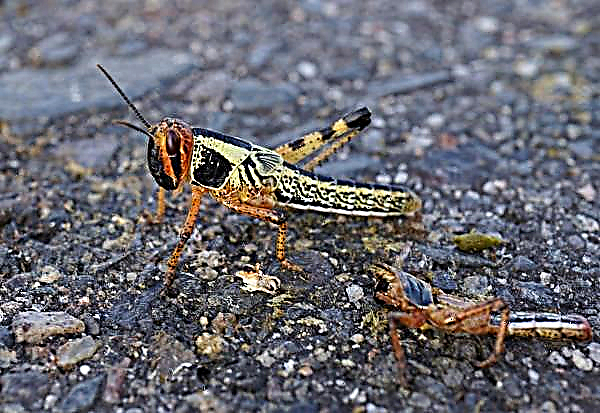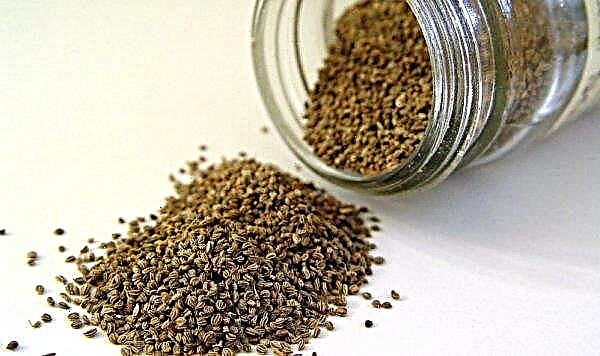Evergreen juniper bushes are grown in many areas as a decorative decoration of the territory, and also clean the surrounding air of harmful impurities. Plants are unpretentious in care and are able to grow even in areas with a cold climate, so they can be cultivated in Siberia. A description of the best types of juniper for this region, especially the planting and propagation of bushes, as well as the rules for caring for them, are further in the article.
Where juniper grows in Siberia
The Siberian climate is characterized by very cold winters and short cool summers, but juniper is able to grow even in such conditions. At the same time, the height of the plant depends on the average annual air temperature - the lower this indicator, the lower the bush.
Did you know? Juniper has been growing on the planet for over 50 million years. The plant was widely used as a medicine in ancient Egypt.
In Siberia, juniper grows in such places:
- slopes and peaks of mountains;
- taiga;
- rocky mounds in mountainous terrain;
- deciduous woodlands;
- cedar elfin.
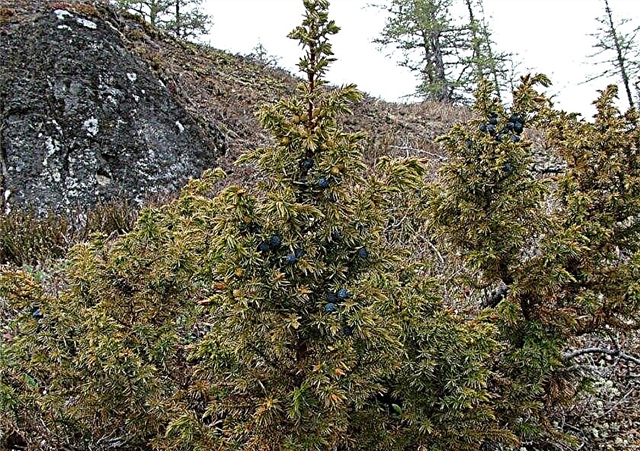
Juniper Varieties
Due to its unpretentiousness to environmental conditions, almost all types of juniper can be grown in Siberia. This shrub is often used by gardeners as an element of landscape design, therefore, breeding work on the cultivation of new varieties of plants does not stop until now.. Description of the most popular varieties of culture for Siberia is presented below.
Cossack
The plant is a bush or small tree and has a beautiful color of needles. Despite its small height, the juniper grows rapidly in width and prevents the development of landslides on rocky slopes.
Important! The needles of the Cossack juniper contain poisonous sabinol oil. For this reason, on the site, this plant can not be grown next to fruit crops.
Plant Description:
- The height of the bush is 1–1.5 m, but there are specimens of 2–4 m.
- Crohn is magnificent and sprawling. Branches spread along the ground at a distance of 10 m from the trunk.
- The needles have a blue-green color. Its length is 4-6 mm.
- The needles are scaly, and their surface is covered with essential oils, which exude a sharp specific aroma when rubbed in the hands.
- The cones of the bush are poisonous, have a diameter of 5–7 mm.

Siberian
This species is one of the most attractive due to its dense evergreen crown, which retains bright color throughout the year. The plant has a powerful root system, which goes 1.5 m deep into the soil.
Description of the culture:
- The height of the bush is about 1 m. It grows very slowly, reaching by the age of 10 years no more than 50 cm.
- Crohn creeping, spreads over a large area. Consists of thick triangular shoots of gray-brown color.
- The needles are curved, saber, painted in a saturated green color.
- Needles grow densely on the branches of a plant, and their length is 4–8 mm.
- The diameter of the cones is up to 8 mm. Each fruit contains 2-3 seeds.
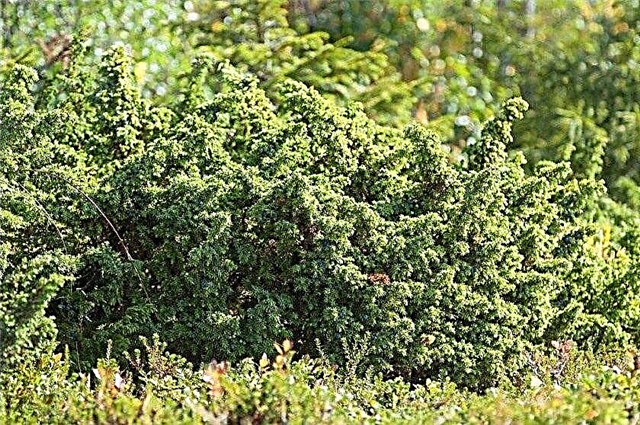
Solid
Unlike other varieties of juniper, this plant changes the color of the needles depending on the time of year. It is one of the oldest plant species, but since 1988 is listed in the Red Book.
Description of the culture:
- A tree can reach 12 m in height, but its diameter does not exceed 0.5 m.
- The crown is dense, has a pyramidal shape. It consists of strong shoots covered with gray-brown bark.
- In summer, the needles of the plant are painted in emerald color, and with the onset of winter it becomes brown.
- The needles are up to 3 cm long, and on shoots they grow in groups of 3 pieces.
- Cones reach 6 mm in diameter, are painted black and blue and are coated with a bluish coating on the outside.

Chinese
This type of juniper belongs to tall, and in natural conditions can live up to 800 years. His homeland is the Far East.
Description of the culture:
- The height of the tree is 20–25 m.
- The trunk is covered with reddish-gray bark. Strong shoots 2–2.5 cm thick depart from it.
- The crown is thick, may have a cone-shaped or asymmetric shape.
- The needles can be scaly or needle-shaped. Its color ranges from bright emerald to dark green.
- Cones of a tree have a spherical or elongated shape, and their diameter is 6–9 mm.
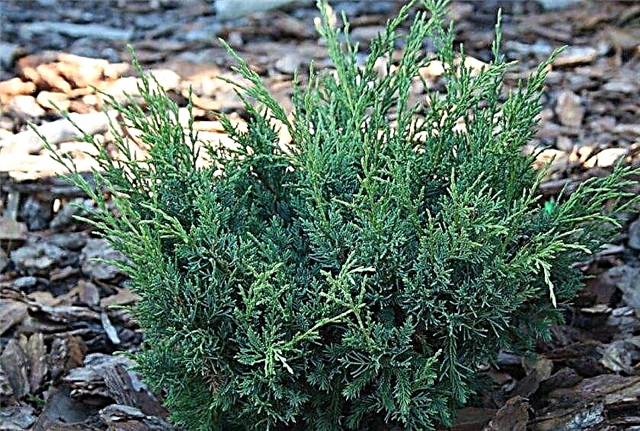
Virginia
This variety of juniper is one of the most resistant to adverse climatic conditions. Plants can tolerate drought and severe frosts, and in landscape design they are often planted in the form of hedges.
Did you know? Virginia juniper wood is little susceptible to decay, and therefore often serves as raw material for the production of pencils. For this reason, the plant is called the "pencil tree".
Botanical Description:
- The height of the adult specimen is 25-30 m. Annual growth is up to 30 cm.
- The tree trunk is powerful and strong, up to 1.5 m in diameter. Outside, it is covered with dark brown bark.
- The crown has a columnar shape, and its width can reach 3 m.
- The needles are needle-shaped or scaly, painted in dark green or gray-green color. The length of one needle is 2–7 mm.
- Ripe cones are painted dark blue. Their diameter can be from 0.6 to 0.8 cm.

Scaly
Representatives of this group of plants are small, therefore they are used for landscaping areas of small size. These plants must be shaded from the too bright spring sun to protect the needles on the shoots from burnout.
Plant Description:
- The maximum height of coniferous shrubs does not exceed 1.5 m.
- The trunk and shoots are covered with brown bark, and the wood is resistant to decay.
- The crown is branched and thick. It has an irregular shape and grows significantly wide.
- Needles of a bush two-tone. The upper part of the needles is blue, and the bottom is dark green in color. The length of the needles is up to 0.8 cm.
- The surface of the cones is shiny, painted black, and the diameter of the fruit is 4–9 mm.
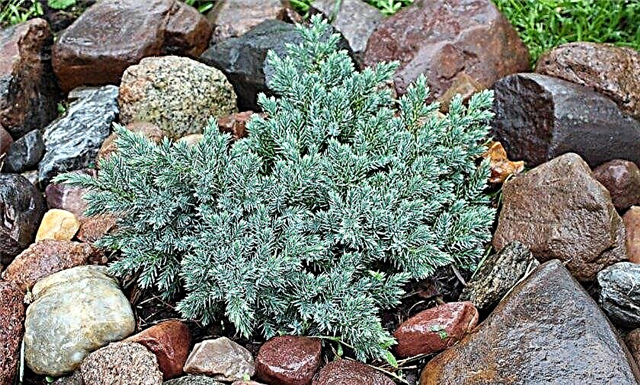
Ordinary
Shrubs belonging to this group can be grown even in regions with extremely low air temperatures. Plants are grown for decorative purposes, because their needles retain a saturated color at any time of the year.
Botanical description of common juniper:
- Plant height depends on the variety, may be 5-10 m.
- The tree has a strong central trunk with a diameter of about 20 cm.
- The crown of the tree is ovoid or conical. It consists of a large number of shoots covered with gray-brown bark.
- The needles are painted in saturated green color, needle-shaped. The length of the needles is 1–1.5 cm.
- Cones have a diameter of up to 1 cm, painted in blue and black and covered with a thin coating.
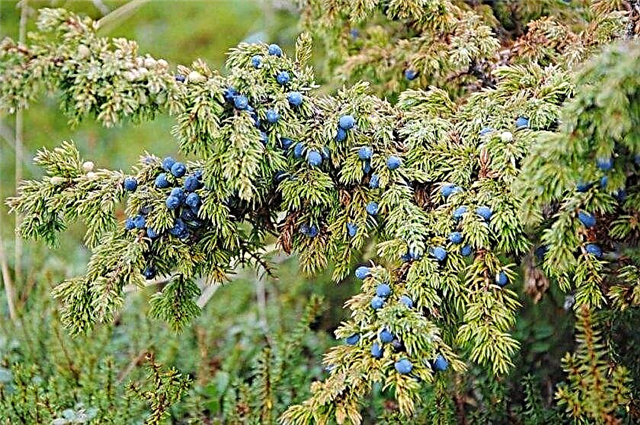
Planting a plant
Juniper planting in Siberia should be carried out taking into account the climatic features of this region. It is best to plant young seedlings in the ground in early spring, immediately after the snow melts, so that they take root and strengthen before the first frosts.
Before planting, you need to choose a suitable site for growing the crop, and also prepare the planting material. The procedure for planting a young shrub in the soil is not particularly difficult, but must be performed according to certain rules.
Did you know? In one day, 1 ha of juniper plantings evaporates about 30 kg of phytoncides into the atmosphere. This amount is enough to completely clean the air of a large city from harmful impurities and bacteria.
Seedling preparation
High-quality planting material can be bought in nurseries or specialized stores. In order for a young plant to successfully take root in the cold climate of Siberia, it must be sufficiently strong and healthy.
The main features of a quality seedling:
- closed root system with a moderately moist earthen lump around the roots, wrapped in burlap;
- the presence of green buds on the shoots;
- elastic shoots without cracks, traces of damage by diseases or pests;
- age 3-4 years;
- uniform color of needles inherent to a particular variety;
- the presence of young growth on the branches.
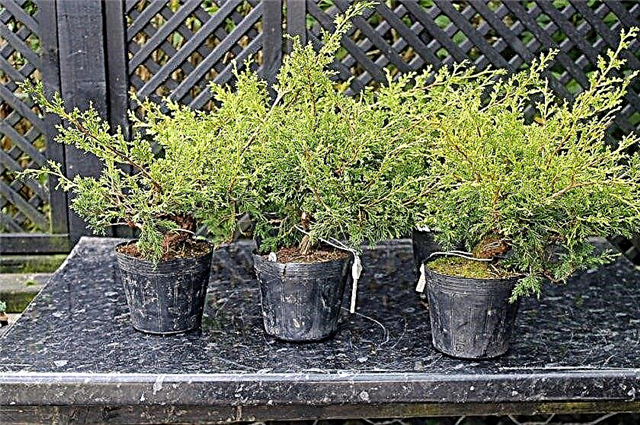
Site selection and preparation
Juniper, which is grown in Siberia, is unpretentious to environmental conditions. But in order for the needles to maintain their high decorative qualities, and the bush itself should not be affected by diseases and pests, it is necessary to choose a suitable site for it.
The juniper must meet the following requirements:
- well lit by the sun;
- have light soil (the best option is sandy or sandy loamy soil);
- not contain groundwater lying close to the surface of the earth;
- be in a place protected from drafts;
- have enough free space.
To prepare the soil in the selected area, perform the following actions:
- remove plant debris and weeds;
- dig the earth to the depth of two bayonet shovels;
- if the soil is too heavy and wet, add 20 liters of sand per 1 m² of area;
- with increased soil acidity (more than 5-6 units), 350 g of dolomite flour or slaked lime are added to each unit of area;
- after digging, the soil in the selected area is leveled, eliminating large clods of land.

Planting pits begin to cook about 2 weeks before the planting of a young plant. The depth and diameter of each recess should be about 80–90 cm. The distance between neighboring holes depends on the size of adult representatives of a particular species and averages 1.5–2 m.
Landing process
After proper preparation of the site, the landing procedure itself has no distinctive features and is performed in the same way as in other regions. The optimal time for this is considered to be the end of April or the beginning of May.
Important! To fill the planting pits, a nutritious soil mixture is prepared. It consists of turf land, peat, sand and coniferous sawdust mixed in a ratio of 3: 2: 1: 1.
Step by step instructions:
- Lay drainage from pieces of broken brick or pebbles at the bottom of the landing pit. The layer thickness is about 15–20 cm.
- Fill the pit with prepared nutrient soil mixture in 2⁄3 depth. Leave the recess in this form for 10-14 days for shrinkage of the soil.
- Place the lower part of the seedling in the pit with an earthen lump formed around the roots. For large types of crops, the root collar is located 5–10 cm above the surface of the earth, and for low shrubs it is on the same level with the soil.
- Sprinkle the landing pit with the rest of the soil mixture. Tamp it with your hands around the seedling trunk.
- Pour abundantly each bush with 10 liters of warm water. After complete absorption of the liquid, mulch the area of the trunk circle with peat.
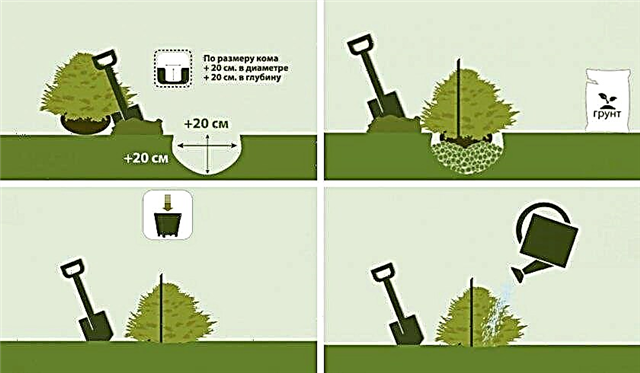
Juniper Care
Further care for the juniper in Siberia will not require much time and effort from the gardener. Basically, it consists in proper watering and periodic fertilizing of the plant with fertilizers. In addition, it is necessary to monitor the lighting and humidity around the plants, as well as regularly inspect them in order to identify diseases and pests. At the same time, it is most necessary to care for young plants that have not yet been sufficiently strengthened.
Video: Juniper Care
Watering
After planting seedlings, they must be watered regularly to ensure rapid rooting of the plant and its active growth. Adult juniper is less demanding on watering and can tolerate even prolonged drought.
Key recommendations for shrub irrigation:
- in the absence of rainfall, young plants are watered every 7 days during the first year, spending 6–7 liters of water on them;
- in the second year after planting, the juniper is irrigated 4 times per season, pouring 12-15 l of liquid under each specimen;
- watering of adult plants is carried out in the spring, in the middle of summer and a month before the first frosts, and under each bush you need to pour 40-50 liters of water.
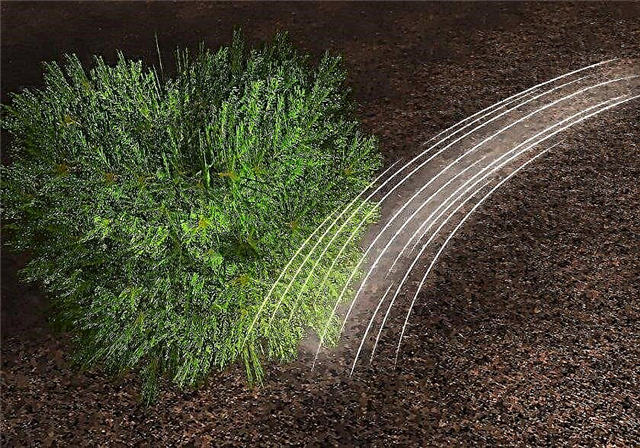 After each watering, the area of the trunk circle must be cleaned of weeds and carefully loosened to a depth of several centimeters. After this, it is recommended to mulch the earth with peat or dry pine chips to better retain moisture
After each watering, the area of the trunk circle must be cleaned of weeds and carefully loosened to a depth of several centimeters. After this, it is recommended to mulch the earth with peat or dry pine chips to better retain moisture
Fertilizer and fertilizer
In the harsh Siberian climate, juniper needs additional top dressing. They help the plant tolerate low temperatures in the winter and strengthen its immunity to diseases and pests.
Did you know? Juniper junipers make savory marinades and sauces for meat, and also add them as a natural flavoring to juices and compotes.
Basic rules for fertilizing:
- first feeding carried out only the next year after planting;
- in spring 30-40 g of nitroammophos are scattered around each bush, embedding the substance in the soil;
- at the beginning of autumn make store-bought complex fertilizers containing superphosphate and potassium - the dosage is determined according to the instructions on the packaging;
- foliar top dressing carry out up to 3 times per season with an interval of 1 month, spraying the bush with a solution of "heteroauxin";
- fertilizers can be applied only until the end of summer - this will avoid the rapid growth of plants in the fall, as a result of which unripe shoots will suffer from frost.
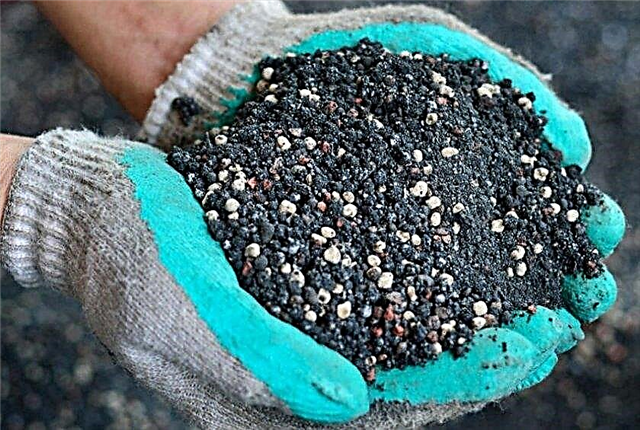
Lighting
Juniper grows best in an open area with good access to sunlight.. But under the influence of ultraviolet light in the spring, needles on young specimens can burn out very much, so it is recommended to shade seedlings at noon for several hours. To do this, you can use lutrasil or burlap, stretched on a wooden frame. The resulting shield is set so that it covers young plants from the bright sun in the middle of the day.
Temperature and humidity
Juniper tolerates low air temperatures well. Some varieties can be grown in regions with frosts down to -60 ° C. In summer, the bush also does not lose its decorative qualities even in hot weather.
The air in Siberia in the summer is quite dry, which often leads to the defeat of plants by pests, so in the heat and drought you need to take care of sufficient moisture around the bushes. For this juniper crown is recommended to be sprayed with water once every 3–7 days. The procedure is carried out early in the morning or at sunset, so that the needles do not suffer from sunburn.
Winter preparations
Adult juniper bushes are resistant to severe frosts, so they do not need additional shelter for the winter. But seedlings in the first 2 years after planting can freeze or break under the weight of the snow cover, as well as burn in the bright spring sun.
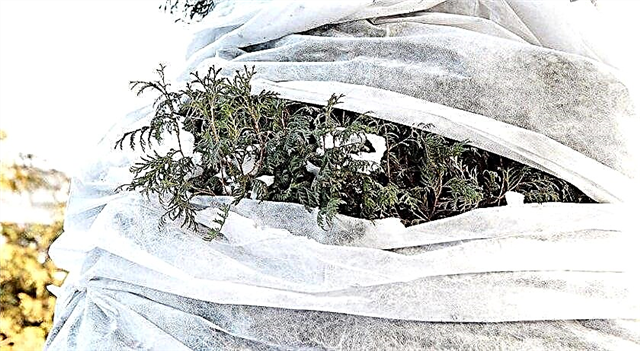
To prevent this from happening, before the onset of winter, in relation to young plants, they perform the following actions:
- the lower part of the trunk is spudded, forming around it a small earthen hill;
- the area of the trunk circle is mulched with a thick layer of peat;
- shoots are pulled around the trunk with twine in the form of a bundle;
- the seedling is covered with branches of spruce branches or several layers of burlap.
Important! Starting at the age of three, winter shelter for juniper in Siberia is not necessary. It is enough to hobble the trunk of the plant and mulch the earth around it.
Possible diseases and pests
If the gardener has correctly planted and complies with all of the listed recommendations for the care of juniper, then the plant is rarely affected by diseases and pests. But when a problem occurs, you need to be able to detect the first signs of infection in time in order to begin the correct treatment.
Juniper in Siberia can suffer from such infections and insects:
- Rust. The disease has a fungal nature and manifests itself in the form of orange growths on the surface of the cortex.The affected areas of the shoots are cut off, and the crown is sprayed with fungicides (for example, "Vectra").
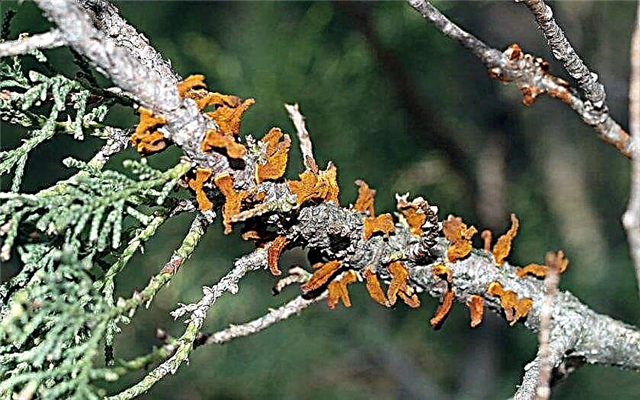
- Tracheomycosis. The causative agent of the disease is a fungus that spreads on the shoots. As a result of infection, the needles become reddish, and the branches of the bush begin to dry out. Affected areas must be removed and burned by treating the sections with alcohol. After that, the soil around the juniper is watered with a fungicide solution (for example, Ridomil Gold).

- Spider mite. Appears as a result of insufficient air humidity. A sign of the problem is a thin web on the shoots of the bush, yellowing needles, wilting shoots. Acaricides are used against the pest (for example, Fitoverm).
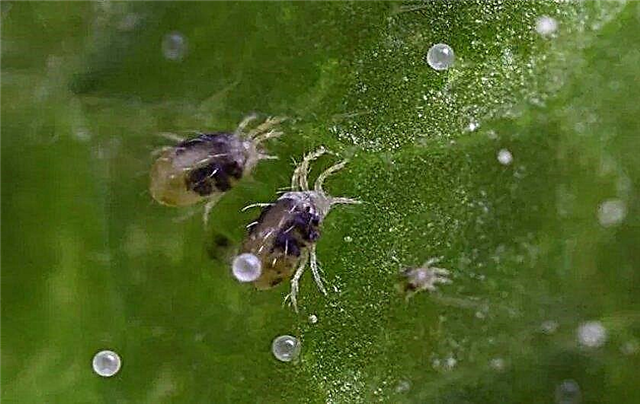
- Mealybug. The pest settles in the sinuses of the needles, and the signs of infection are browning and mass shedding of plant needles. The shoots are covered in soot black and dry. To eliminate the worm, the juniper is treated with systemic poisons (for example, "Angio").
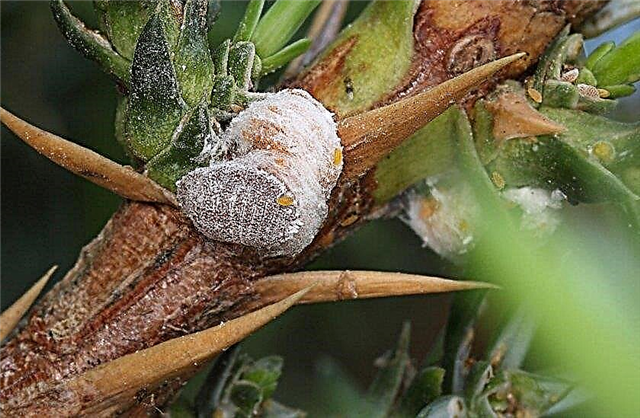
To prevent the occurrence of these problems, you can use simple preventative measures:
- regular spraying of the crown in warm and dry weather;
- adherence to the watering schedule;
- periodic fertilizing the bush with fertilizers;
- the use of healthy planting material;
- annual sanitary pruning of branches;
- mulching the area of the trunk circle.
Breeding
Juniper lends itself well to reproduction, so if there is already one plant on the site, then you can get planting material from it. The bush can be propagated by seed, cuttings or layering, and the process itself in each of these cases has some features.
Important! If, after stratification, the shell of the juniper seed remains intact, then before planting it is necessary to slightly damage it mechanically. This will accelerate the germination of planting material, increasing the likelihood of its germination.
When using the seed method, the following actions should be performed:
- Extract seeds from ripened cones of the plant in the period from late August to September (depending on variety).
- Place planting material in small containers filled with peat. Take the container out into the winter for the winter, put it in the snow for stratification.
- In May, remove the seeds from the container, plant them in open soil. The embedment depth is 2-3 cm.
- Perform moderate watering of the plantings, gently loosen the soil after each moistening, remove weeds.
- After the emergence of seedlings, to shade young shoots from the bright sun during the first 2-3 weeks so that they do not burn.
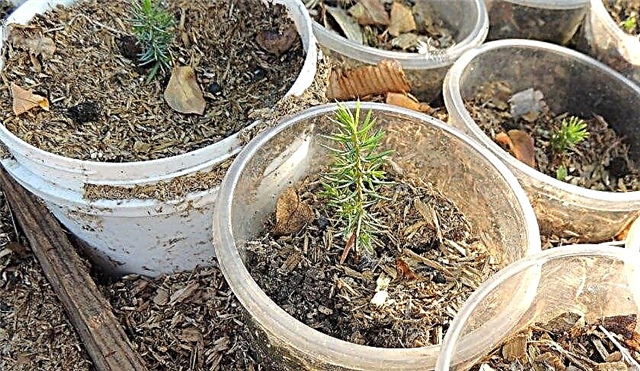
Instructions for propagation of juniper cuttings:
- In spring, prepare cuttings, tearing for this young lignified shoots of a bush 5-7 cm long. On the lower part, you must leave a “heel” from a piece of bark.
- Put the cuttings in a solution of a growth stimulator for 1-2 hours before planting.
- Prepare for planting beds with a loose mixture of sand, humus and peat, taken in equal quantities.
- Submerge the cuttings in the soil 2-3 cm. Cover each of them with a glass jar.
- Moderately water the plantations as the soil dries up, periodically briefly remove the shelter for ventilation. In the fall, when the cuttings take root, the jar is removed for good.
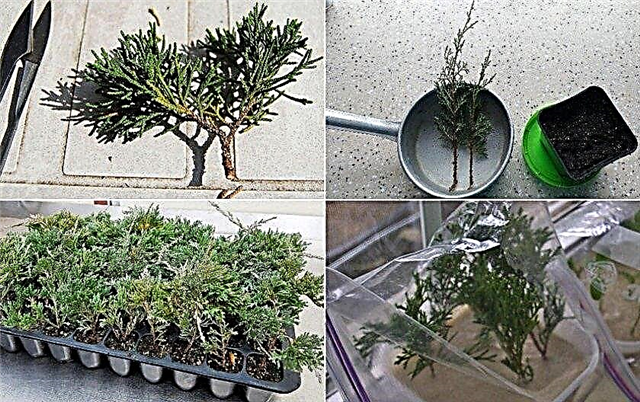
Young juniper seedlings are grown on a temporary bed up to the age of 3 years. After that, they are dug out together with an earthen lump and transplanted to a permanent place.
Creeping types of culture are conveniently propagated by layering. To do this, perform the following actions:
- Choose young shoots on the plant that are convenient to bend to the ground.
- Loosen the soil under the bush, mixing it with sand and peat. Water well.
- Remove needles on the selected shoots to a height of up to 20 cm. Bend the branch to the surface of the earth, slightly digging the spot cleared of needles with loose soil mixture. Lock the shoot in this position.
- Water the layering as the soil dries, spud them, remove weeds.
- A year after the procedure, strong roots will appear in the place where the shoot is dripping. After this, the young plant is separated from the mother bush and transplanted to a permanent place.
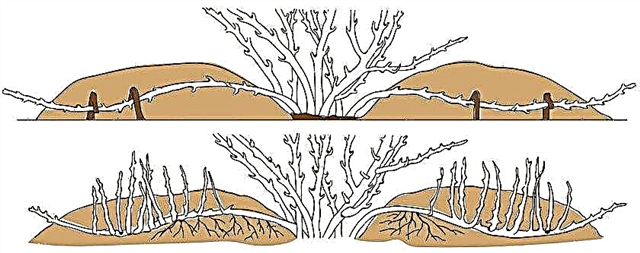
If desired, even a novice gardener can grow juniper in Siberia. Using the information presented in the article, you can choose the most suitable type for yourself, as well as correctly perform the bush planting and provide him with the necessary care.





